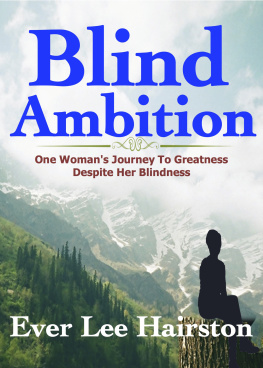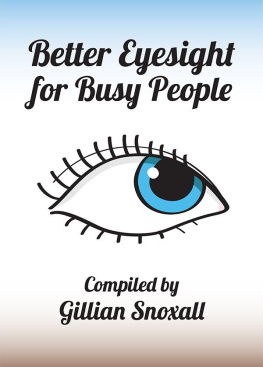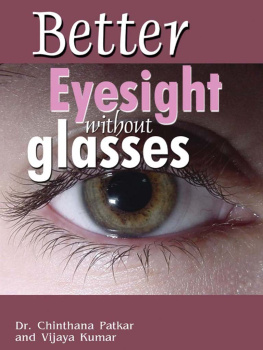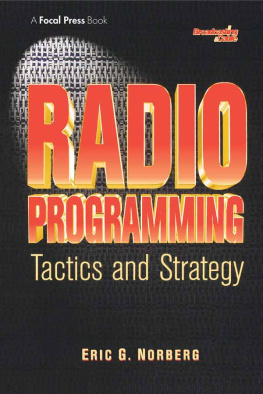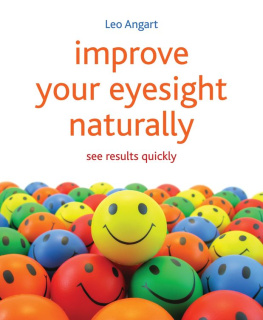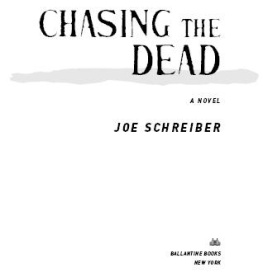Out of Sight
Blind and Doing All Right
By Art Schreiber
As Told To Hal Simmons
Published by Nuevo Books
Los Ranchos, New Mexico
2014, Arthur A. Schreiber and Hal Simmons
All rights reserved.
Nuevo Books, Los Ranchos, New Mexico
www.NuevoBooks.com
Printed in the U.S.A.
Book design by Paul Rhetts
Copy editing by Jill Ritz
No part of this book may be reproduced or transmitted in any form, or by any means, electronic or mechanical, including photocopying, recording, or by any information retrieval system, without the permission of the publisher, except in the case of brief quotations embodied in critical articles or reviews..
Library of Congress Cataloging-in-Publication Data
Schreiber, Art.
Out of sight : blind and doing all right / by Art Schreiber as told to Hal Simmons.
pages cm
ISBN 978-1-936745-11-1 (pbk. : alk. paper)
ISBN 978-1-936745-60-9 (ePUB)
1. Schreiber, Art. 2. Life change events. 3. Blindness. 4. Adjustment (Psychology) 5. Radio broadcasters--United States--Biography. I. Simmons, Hal, 1938- II. Title.
BF637.L53S37 2014
384.54092--dc23
[B]
2014016203
Photo of Art Schreiber on front cover 2003 Carolyn Wright, Photographer, The Photography Studio, Santa Fe, New Mexico
Dedication
To my devoted wife, Alice, who helped me create my life and then didnt get to stay and enjoy it, and my children, Amy and Mark, who helped me get through the darkest hours into enough light that I could survive, and to Jeff.
Acknowledgements
I wish to express my thanks for help I received in getting this book to print, not only from those whose names appear in the text and on the cover, but also from persons who read early drafts of Out of Sight and provided suggestions and encouragement on various aspects of the book. Those who assisted in advancing the work to completion in one manner or another include Melinda Walsh, Rick Walsh, Carol Scott Alley, Mary Jean Murphy, Greg Trapp, Kathleen Byrd, Ina Simmons, and Jill Ritz.
Hal Simmons and I became colleagues over a period of years when both of us attended meetings of the New Mexico Broadcasters Association Board of Directors. He is the author of two novels and worked as a journalist for several years.
In verbal storytelling, each time the story is told, invariably there are minor changes in wording and other details. Most of the stories in this book are based on my personal recollections of events that occurred in the past, and while I have tried to be as accurate as possible, there could be variations that others remember differently. Out of Sight represents my best recollections of the matters described.
Contents
CHAPTER 1
The Game Changer
Losing my eyesight was personally devastating.
I was fifty-four years old. The date was August 22, 1982.
The occurrence was unexpected.
It was the last day of a weeklong vacation for me, the first vacation since my arrival in New Mexico the prior year. At that time, I was general manager of radio station KOB-AM in Albuquerque, New Mexico. I had spent the last few days vacationing in Northern New Mexico with friends. My friends and I were staying at a first-class resort just north of Santa Fe, where movie stars often stayed while making movies in New Mexico.
That evening, following a meal at the resorts restaurant, I drove my car from the main lodge, where the restaurant was located, to my adobe condo just a stones throw away. That was the last time I ever drove a car.
At the condo, I called the front desk and asked them for a wake-up call the next morning at six oclock. I planned to spend the morning at the Indian Market Festival in Santa Fe before returning to Albuquerque. Shortly thereafter, I turned in for the evening.
As I lay in bed, I re-lived the past few days traveling in Northern New Mexico. We had visited fine restaurants, art galleries, and shops in Taos and had toured Taos Pueblo and the Taos Ski Valley just north of town. One of our stops had included the Rio Grande Gorge Bridge, which provided us with a high-altitude view of the scenic, wild river flowing far below. We had also spent an evening at the magnificent Santa Fe Opera.
Just before falling asleep at the resort, I remembered the fine meal and the service at the resorts restaurant that evening, the clear and cool high-mountain air, the bright stars, the soft glow of lights at the resorts lodge, the aroma of pion and cedar trees, and the soft sounds of horses shuffling in the distance.
Life was good for me in New Mexico.
When the wake-up call rang the next morning, it all changed.
I fumbled with an outstretched hand to find the telephone receiver. It was so dark. Why would the desk clerk be calling me in the middle of the night? I wondered.
When I got hold of the receiver, the desk clerk said rather softly:
Its 6 a.m.
It cant be six oclock, I thought. Are all the curtains drawn? Its pitch black in here. Why is it so dark?
I lay on my back in bed staring at where the ceiling should be. It was like I was back in that old swamp I used to visit near my home in Ohio when I was a kid. That swamp was near our family home, and at night, once I stepped inside the first row of trees, there was absolute darkness. Only the croaking of frogs and the chirping of crickets assured me I was still on planet earth and not lost in some make-believe place. This morning in the condo was like that swampso dark I couldnt see my hand up next to my nose.
Slowly a sense of unbelief, a sense of dread, and a sense of horror seeped into my mind. Could this be a bad dream? Or worse, could it be a bad reality?
Eyesight limitations were not new to me. But I had never experienced anything like this particular morning. Everything was black.
In early childhood, I lived on a farm and ranch operation about twelve miles west of East Liverpool, Ohio. My father was the minister at Madison Presbyterian Church. At one point, he was offered a job running a cattle operation during the day, not far from the church, to supplement his income. That started my life on a farm.
I was in the fifth grade at school when some of my personal habits finally attracted attention. One habit was holding my schoolbooks close to my nose when reading. Another was positioning myself in the front row of my classroom there were only a half dozen students in my class level so I could see the blackboard and the teaching cards held up by the teacher. My first eye exam resulted in a pair of glasses that had lenses so thick they looked like the glass in the bottom of soda drink bottles.
My school friends sometimes called me Four-Eyes and Magoo. I didnt mind because for the first time I realized there were individual leaves on the trees and individual blades of grass growing in the ground.
With glasses I could function in a normal manner. That lasted until 1969 when I was forty-two years old. One day I was attending a meeting of radio broadcast executives in San Francisco. Seated at a conference table with other executives, I became aware of a black dot floating in my right-eye vision. I blinked my eye several times and lightly rubbed it with my fingers, hoping that the problem would resolve itself and the black dot would go away. The black dot did not go away. As the meeting progressed, the black dot grew larger, eventually taking up half of the sight in my right eye.
I learned later that the black dot was the first symptom of a detached retina. Fortunately, my left eye was not affected.
In 1969, I was general manager of one of the strongest radio news stations in Los Angeles, KFWB-AM. I got immediate medical attention from a top ophthalmologist, Dr. Otto Jungschaffer. Unfortunately, my eye condition was difficult and complex. Efforts to re-attach my retina in my right eye were not successful. The retina would re-attach initially, but it would not hold. Then a staph infection gained a foothold, and then the retina held but the macula shifted positionat least thats how I understood it. As complexities mounted, Dr. Jungschaffer recommended I get a second eye evaluation from a leading retina specialist on the East Coast. I did get that evaluation, and it confirmed that Dr. Jungschaffer was doing all that could be done.
Next page



